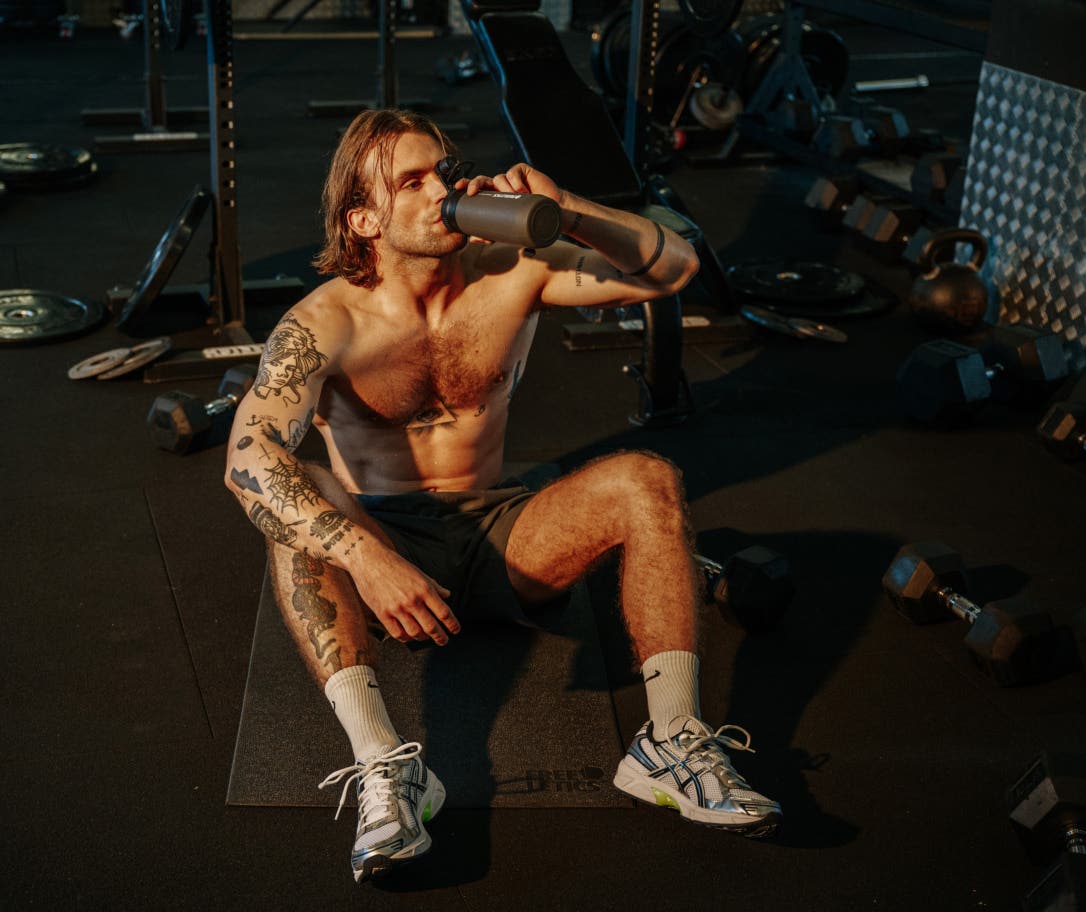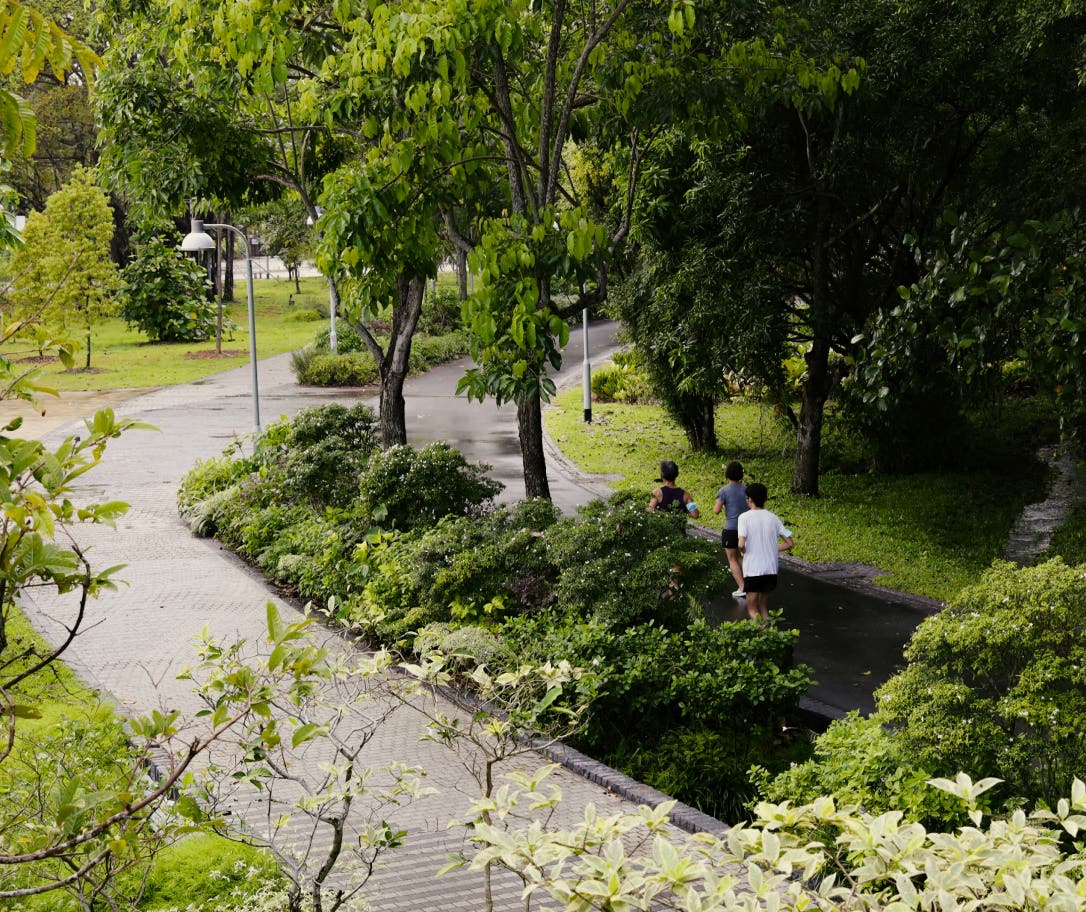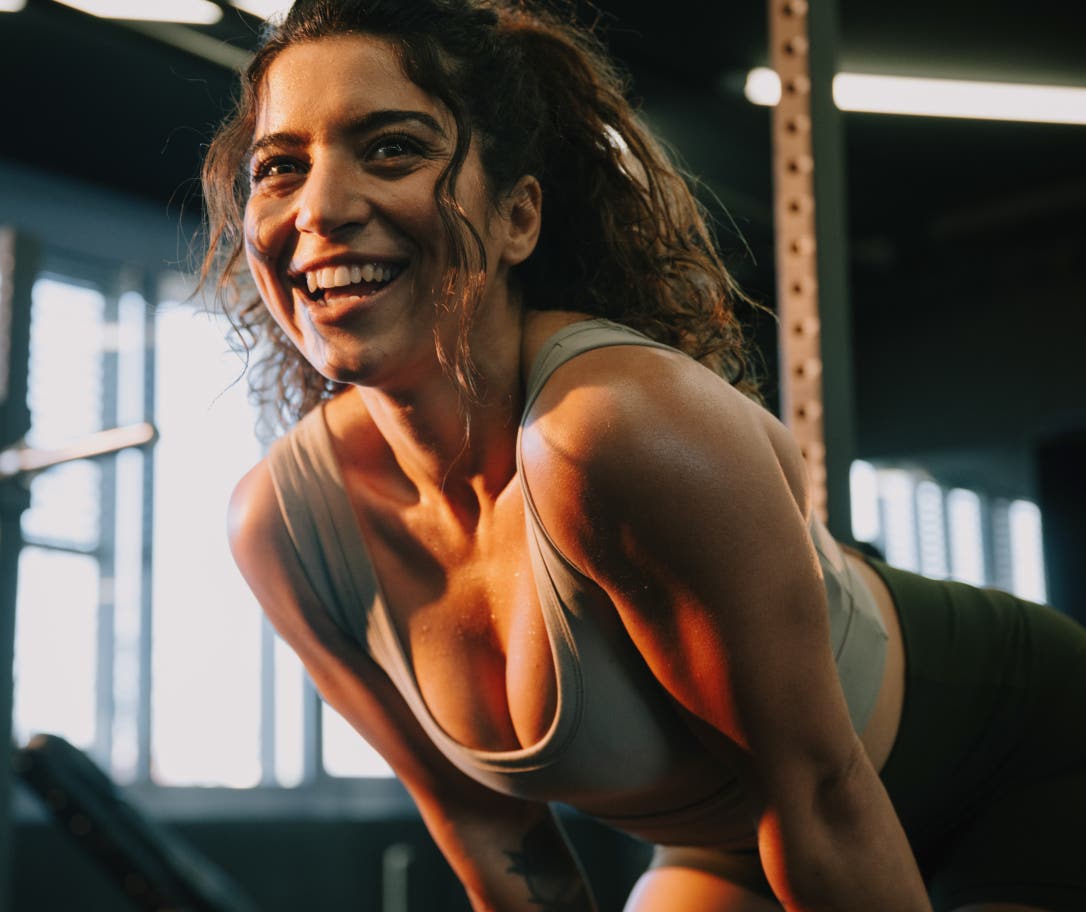With the sun shining and temperatures rising, your motivation to stick to your workout routine can melt faster than ice cream. Paired with holidays and other social plans – the summer season can make it all too tempting to swap your strength session for the sun lounger and an ice-cool cocktail or mocktail.
And while we’re not saying you can’t enjoy some R&R by the pool, there are a few smart strategies you can put in place to help you stay on track and strike the ultimate summer fun balance.
Let’s dive into some of our hottest science-backed tips to help you move smarter, stay safe in the rising temperatures, and get the most out of your sunny summer workouts.
1. Time it right
Save the midday sun for the lounge chair, not an intense workout. Exercising in the peak heat, usually between 11 a.m. and 3 p.m., strains your body unnecessarily and increases the risk of heat stroke, dehydration, and sunburn.
Instead, aim to train early in the morning or later in the evening when temperatures are cooler and UV levels are lower.
2. Hydrate smart
Sweating is the natural way your body keeps cool, but it’s also a sign that you’re losing essential fluid and electrolytes. When the temperatures rise, you’ll sweat more, and even mild dehydration can impact your performance1. This can lead to reduced endurance, leave you feeling sluggish, and increase your chances of getting muscle cramps.
However, it’s important not to overdo it because this can dilute your sodium levels and put extra strain on your kidneys. Try sipping water throughout the day, not just during your workout.
For sessions that last more than 45 to 60 minutes, consider an electrolyte drink to replenish lost sodium, potassium, and magnesium.
Not big on plain water? Make sure to check out our flavored water recipes to keep things fresh.

3. Set realistic expectations
Heat adds extra intensity to any workout by raising your heart rate2 and making your body work harder to keep cool. You might notice that on hot days, your usual run may feel a little tougher or that you’re lifting lighter weights than usual, and that’s okay.
Use rate of perceived exertion (RPE) or heart rate zones to guide your training during hot weather. Give yourself the flexibility to scale back the intensity or duration of your workout where needed. The key is to be consistent, not perfect.
4. Cool clothing
What you wear can make a world of difference when it comes to staying cool. Dark colors absorb heat, while synthetic or non-breathable fabrics can trap sweat against your skin, raising your core temperature.
So, it’s important to dress appropriately to stay cool and support your performance. Choose loose-fitting, moisture-wicking, breathable fabrics that are light in color or have mesh panels to allow your skin to breathe.
Don’t forget a hat or a visor and some sunscreen to protect your skin from the sun’s rays.
5. Don’t cut the carbs
When it comes to nutrition, summer is traditionally the season of carb-cutting and salads, but in doing so, you’re depriving yourself of some serious fuel and nutrients. Here’s why you shouldn’t cut the carbs this summer:
- Carbs provide energy, which doesn’t just fuel physical activity, but also allows the body to keep itself cool.
- Consuming carbs after your workout helps to replenish glycogen levels, speeding up the recovery process and reducing the effects of muscle soreness.
Not all carbs are created equal, though. So, check out our hierarchy of carbohydrates to help you select the best ones to keep you fuelled up during your workout.

6. Take your workouts outdoors
If you typically train indoors, the warmer summer weather is the best excuse to take your training outside. The natural boost in sunlight and fresh air can enhance your mood, boost vitamin D production,3 and make your workouts more enjoyable.
Head to the trails for your run or swap your gym session for a bodyweight circuit in the park. Choose shaded routes, avoid peak sun hours, and make sure to bring water. But if it’s too hot, it’s cool to stay indoors in the air conditioning, too.
Remember, training smart is better than pushing yourself in extreme heat.
7. Keep cool with creative recovery ideas
Recovery is just as important as your workout, especially in the heat. High temperatures can delay recovery by placing added stress on your cardiovascular and nervous systems.4
Try some of these cooling strategies as part of your post-workout routine to improve performance, exercise capacity, and recovery:
- cool or cold showers
- chilled smoothies
- placing a cooling towel around your shoulders and neck for a few minutes
8. Steer clear of caffeine
Generally speaking, coffee can help your training performance as the caffeine gives you an energy boost. In summer, however, caffeine isn’t such a good idea as it actually makes you sweat more and increases the rate at which fluids and electrolytes are lost.
This is because caffeine is a diuretic stimulant that triggers your central nervous system and activates the sweat glands.
Try alternative drinks to increase alertness, like ice-cold water and green tea.

9. Make the most of your summer workout
Working out and training shouldn’t feel like a punishment; it should also be fun, especially during the summer months. Schedule fun activities into your week that might not necessarily feel like a workout – like paddleboarding, playing beach volleyball, or a game of frisbee in the park.
Not only will you get some movement in, it’s also a great way to build active recovery into your routine.
Let’s recap
Summer fitness isn’t about perfection, it’s about going with the flow and staying flexible. Don’t be afraid to adjust your schedule, respect your body’s limits, and have a little fun in the sun with some new activities.
These, combined with practical considerations, like eating the right foods to fuel your workout, staying hydrated, and taking the time to cool down, will set you up for summertime success.
Simply by shifting your mindset from “pushing through” to “training smart”, you’ll be crushing the consistency game and enjoying the summer fun in the process.
Sources
[1] Carlton, A. and Orr, R.M. (2015a) ‘The effects of fluid loss on physical performance: A critical review’, Journal of Sport and Health Science, 4(4), pp. 357–363. doi:10.1016/j.jshs.2014.09.004.
[2] González-Alonso, J., Crandall, C. G., & Johnson, J. M. (2008). The cardiovascular challenge of exercising in the heat. The Journal of physiology, 586(1), 45–53. Available here
[3] Bârsan, M., Chelaru, V. F., Râjnoveanu, A. G., Popa, Ș. L., Socaciu, A. I., & Bădulescu, A. V. (2023). Difference in Levels of Vitamin D between Indoor and Outdoor Athletes: A Systematic Review and Meta-Analysis. International journal of molecular sciences, 24(8), 7584. Available here
[4] González-Alonso, J., Crandall, C. G., & Johnson, J. M. (2008). The cardiovascular challenge of exercising in the heat. The Journal of physiology, 586(1), 45–53. Available here
[5] Bongers, C. C., Hopman, M. T., & Eijsvogels, T. M. (2017). Cooling interventions for athletes: An overview of effectiveness, physiological mechanisms, and practical considerations. Temperature (Austin, Tex.), 4(1), 60–78. Available here